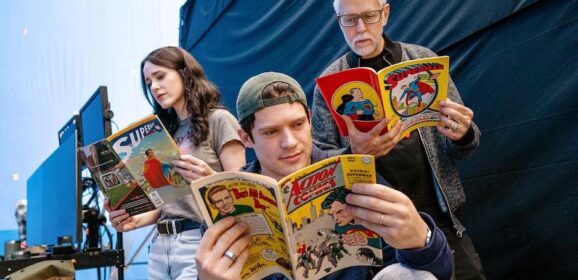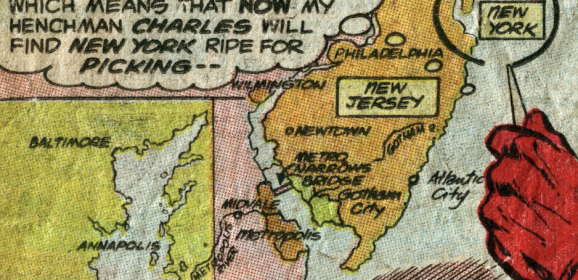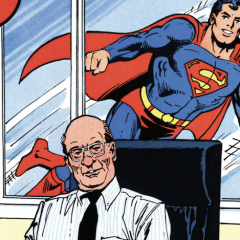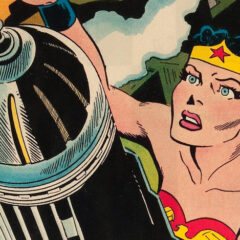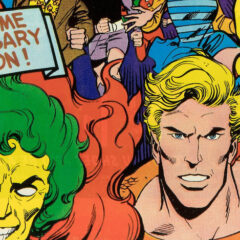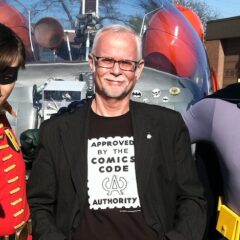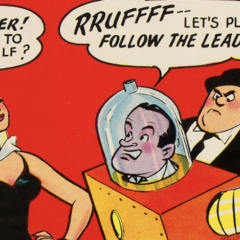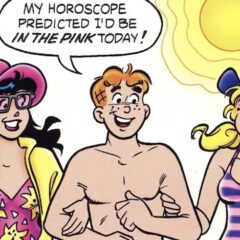James Gunn’s SUPERMAN Puts METROPOLIS Firmly in… DELAWARE
There’s historical precedent — and our pal PAUL KUPPERBERG had a big hand in it… Ken Hommel, a TV exec known around comics circles, posted pix on Facebook the other day from his trip to the Cleveland sites where James Gunn has been shooting Superman. (Cleveland being where Jerry Siegel and Joe Shuster were reared.) Guess what jumped out at me — besides the references to George Reeves, Curt Swan and Frank Quitely on storefronts: that Metropolis is clearly identified as being in Delaware: But, wait, isn’t Metropolis a stand-in for New York? Generally, yes. Though, not always. Either way, longtime fans may recall that DC put Metropolis in the Blue Hen State a few decades ago — and our pal Paul Kupperberg played a big role in it as the writer of 1990’s Atlas of the DC Universe. Here’s Paul — and click here for 13 FASCINATING FACTS about said Atlas: By PAUL KUPPERBERG Everybody knows Metropolis, the home of Superman, Lois Lane, and the Daily Planet. But who knows exactly where Metropolis is located? To tell you the truth, I didn’t let the question much bother me as a kid. Based on the late-1950s and early-1960s comics I read, and the George Reeves Adventures of Superman TV show I was exposed to growing up, if I did bother to think about, I decided Metropolis was probably somewhere in the Midwest, in Ohio maybe, or Illinois. It made perfect sense to me when in 1972, DC Comics declared the small town of Metropolis, Illinois, as the “hometown of Superman” and announced plans, complete with designs by Neal Adams, to build the Amazing World of Superman theme park. The theme park was killed by an economic downturn but Metropolis has made the most of its Superman connection to drive tourism to the town. The exact whereabouts of the fictional Metropolis remained, as far as I recall, officially unspecified. If E. Nelson Bridwell, DC’s staff historian and continuity nitpicker, had an opinion on the subject, I don’t remember what it was, but I found that being able to physically locate the city was irrelevant to any of the dozens of Superman and Jimmy Olsen stories I wrote over the years. When I wrote The Atlas to the DC Universe (Mayfair Games, 1990) I was tasked with amalgamating all the available...
Read more

